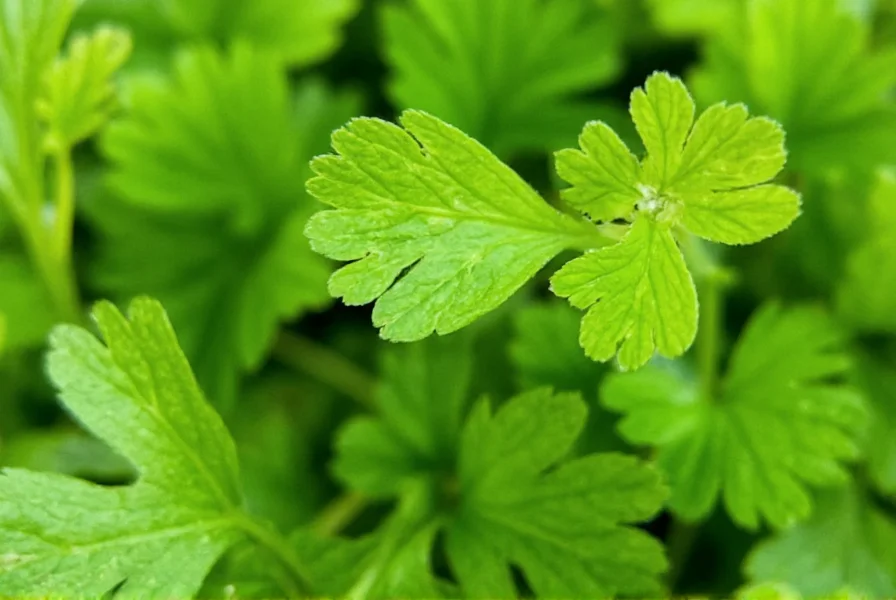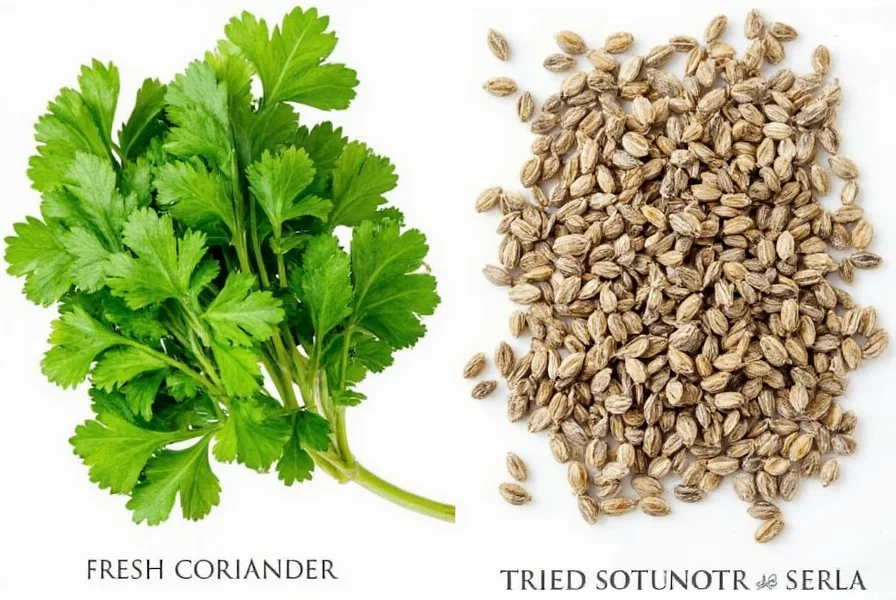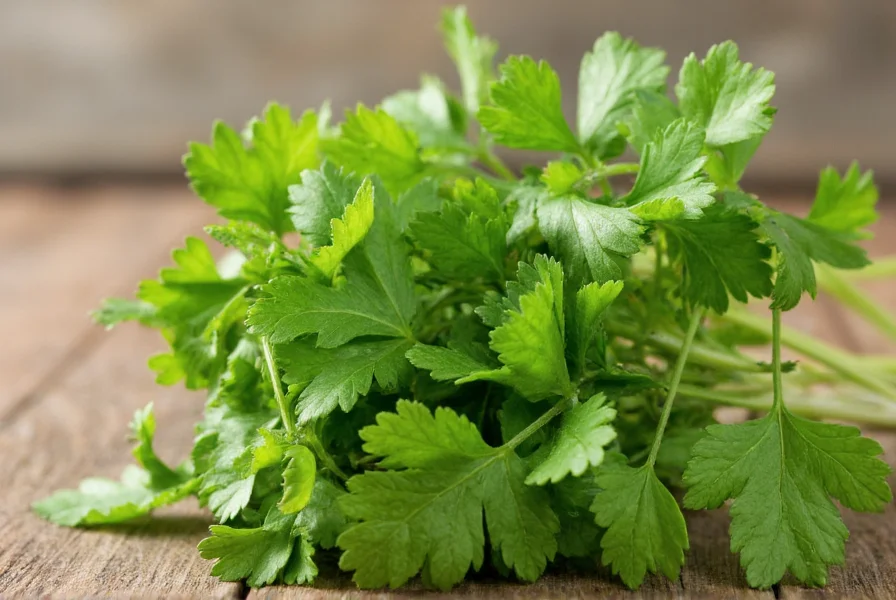Understanding coriander taste characteristics is essential for navigating global cuisines and personalizing cooking experiences. This versatile plant (Coriandrum sativum) offers one of the most fascinating taste dichotomies in the culinary world, with fresh leaves and dried seeds providing dramatically different flavor profiles that have intrigued food scientists and chefs alike.
Coriander Terminology: Clarifying the Confusion
Before exploring coriander taste nuances, addressing the terminology confusion is critical. In North America, "cilantro" refers to the fresh leaves and stems, while "coriander" describes the dried seeds. In most other English-speaking regions and professional culinary contexts, "coriander" refers to both the fresh herb and seeds. This distinction significantly impacts how we discuss and understand coriander taste perception across different cultures.
Detailed Coriander Taste Profile Analysis
The taste experience of coriander varies dramatically depending on whether you're consuming the fresh leaves or dried seeds:
Fresh Coriander Leaves Flavor Characteristics
Fresh coriander leaves deliver an immediate burst of bright, citrus-forward flavor with distinctive herbal notes. Most people describe the primary taste elements as:
- Pronounced lemon-lime citrus notes
- Grassy, green herbal characteristics
- Subtle peppery finish
- Faint earthy undertones
| Coriander Component | Primary Flavor Notes | Secondary Characteristics | Best Culinary Applications |
|---|---|---|---|
| Fresh leaves (cilantro) | Citrus, lemon, lime | Grassy, peppery, herbal | Salsas, chutneys, garnishes, Southeast Asian dishes |
| Dried seeds | Warm citrus, nutty | Sweet, floral, slightly peppery | Curry blends, pickling, baked goods, spice rubs |
| Roots | Earthy, intense coriander | Pungent, woody | Thai curry pastes, broths, marinades |
Coriander Seeds Flavor Transformation
When coriander flowers and produces seeds, the flavor profile undergoes a complete transformation. Properly toasted coriander seeds offer:
- Warm, nutty base notes
- Subtle citrus undertones (distinct from fresh leaves)
- Delicate floral hints with sweet aroma
- Peppery finish that enhances complex spice blends
This dramatic flavor shift from fresh herb to dried seed represents one of the most remarkable transformations in the botanical world. Understanding this coriander taste duality makes Coriandrum sativum uniquely valuable across global culinary traditions.
The Science Behind Coriander Taste Perception Differences
One of the most fascinating aspects of coriander taste is the significant variation in how people perceive it. Approximately 21% of the global population experiences fresh coriander as tasting like soap or having metallic qualities. This isn't imaginary—it has a scientific explanation rooted in genetics.
Researchers have identified specific genetic variations near the olfactory receptor gene OR6A2 that affect how we perceive certain aldehydes present in coriander. These same aldehydes are found in soap, explaining why some people detect a soapy flavor. Those with the genetic variation have heightened sensitivity to these compounds, making the coriander taste experience fundamentally different.

Culinary Applications Based on Coriander Taste Profiles
Understanding coriander's distinct taste characteristics allows for more effective culinary applications:
Fresh Coriander in Global Cuisines
The bright, citrusy notes of fresh coriander make it indispensable in:
- Mexican cuisine: Essential in salsas, guacamole, and as a garnish for tacos
- Thai cooking: Key component in curry pastes and soups like Tom Yum
- Indian dishes: Featured in chutneys and as a fresh garnish for curries
- Middle Eastern recipes: Integral to salads like tabbouleh and fattoush
Coriander Seeds in Flavor Development
Toasted coriander seeds provide foundational flavors in:
- Curry powders and garam masala blends across South Asian cuisines
- Pickling spice mixes for vegetables and condiments
- Berber spice blends for North African cuisine
- European sausages, bread recipes, and beer brewing
Professional chefs consistently toast coriander seeds before grinding to enhance their warm, nutty characteristics—a technique that significantly transforms the flavor profile compared to using raw seeds. This understanding of coriander seed taste development is crucial for creating complex spice blends.
Common Misconceptions About Coriander Taste
Several persistent misunderstandings affect how people approach coriander:
Misconception 1: "Coriander and cilantro taste identical"
This is scientifically inaccurate. The fresh leaves have a bright, citrus-forward profile, while the dried seeds offer warm, nutty notes. They're culinary opposites despite originating from the same plant, making this understanding of coriander taste essential for proper recipe execution.
Misconception 2: "People who taste soap just need to acquire the taste"
Research shows this isn't merely an acquired taste issue. The soapy perception stems from genetic differences in olfactory receptors. Telling someone they'll "get used to it" ignores the biological reality of their taste experience, which is particularly relevant when considering coriander taste sensitivity.

Maximizing Coriander Flavor in Your Cooking
To best utilize coriander's distinctive taste profiles:
- Add fresh coriander leaves at the end of cooking to preserve their bright flavor notes
- Toast coriander seeds before grinding to enhance their warm, nutty characteristics
- Pair fresh coriander with acidic ingredients like lime juice to balance herbal notes
- Combine coriander seeds with complementary spices like cumin for complex flavor profiles
For those who perceive the soapy taste, consider using alternatives like parsley with lemon for fresh applications, or explore using coriander seeds which many soap-tasters find acceptable. Understanding your personal coriander taste sensitivity can transform your cooking experience.
Conclusion: Appreciating Coriander's Complex Taste Profile
Coriander offers one of the most diverse taste experiences in the culinary world, with fresh leaves providing bright citrus notes and dried seeds delivering warm, nutty complexity. The genetic component of coriander taste perception adds another layer to this fascinating herb and spice, making it a subject of ongoing scientific interest. Understanding these taste differences allows cooks to use coriander more effectively across various culinary traditions and personal preferences.
Frequently Asked Questions About Coriander Taste
Why does coriander taste like soap to some people?
Approximately 21% of people have a genetic variation near the olfactory receptor gene OR6A2 that makes them particularly sensitive to aldehydes present in coriander. These same aldehydes are found in soap, which is why they perceive a soapy taste. This isn't a matter of preference but a biological difference in taste perception that affects coriander taste experience.
What's the difference between coriander and cilantro taste?
Fresh coriander leaves (called cilantro in North America) have a bright, citrusy, grassy flavor with peppery notes. Coriander seeds offer warm, nutty, and subtly citrusy flavors with floral hints. Despite coming from the same plant, they have dramatically different taste profiles and culinary uses, making understanding this distinction crucial for proper recipe execution.
How can I reduce the soapy taste of coriander if I'm sensitive to it?
If you perceive coriander as soapy, try using the seeds instead of fresh leaves, as many people who dislike the fresh herb can tolerate the seeds. You can also try finely chopping fresh coriander and mixing it with acidic ingredients like lime juice, which may help mask the soapy notes for some individuals sensitive to coriander taste.
Does cooking affect coriander's taste profile?
Yes, cooking significantly alters coriander's taste. Fresh leaves lose their bright citrus notes when heated, becoming more muted and grassy. For best results, add fresh coriander at the end of cooking. Coriander seeds, however, benefit from toasting before use, which enhances their warm, nutty characteristics and develops more complex flavor compounds essential for understanding coriander taste development.











 浙公网安备
33010002000092号
浙公网安备
33010002000092号 浙B2-20120091-4
浙B2-20120091-4